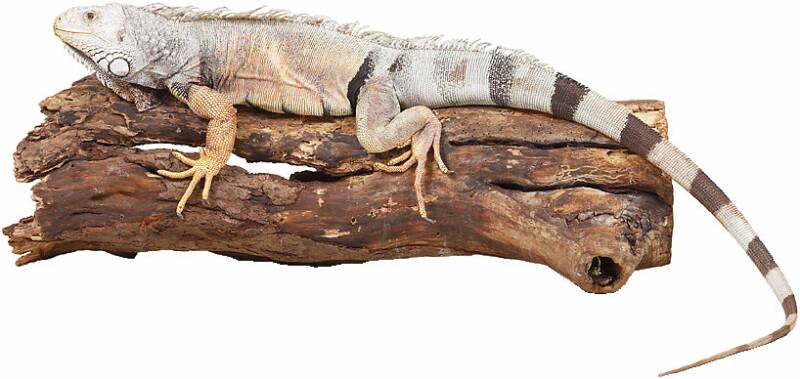 | ||||||
Care Guides

Our Reptile Care Guides are the culmination of over 15 years experience keeping and breeding reptiles. We are constantly updating our collection of care guides in order to provide you with the most current and up to date information.
Welcome
To
The JUNGLE
Newmarket's
ReptileSpecialists
Species
Leopard Gecko
Heating
Always position your heat source on no more than 1/3 of the tank to allow for a hot side and cool side to let the gecko decide what temperature it wants to be.
Basking Temperature: (Daytime/Nighttime 24 Hrs) - 88-92 degrees Fahrenheit
Ambient Temperature (Daytime/Nighttime 24 Hrs) - 78-80 degrees Fahrenheit
Lighting
No special lighting required however a 2.0 full spectrum light can provide a daytime photoperiod.
Habitat
The Leopard Gecko inhabits the dry desert regions of Pakistan and Saudi Arabia. It comes out at night to hunt in the safety of darkness. If caught by the tail, it will break it’s tail off in order to evade capture. Care must be taken not to grab Leopard Geckos by their tail in captivity. Due to their small adult sizes, a standard 10 gallon tank is a suitable home for an adult Leopard Gecko. It should be furnished with bark or sand on the ground, rock caves on both sides of the tank, plants and a water dish as well as a calcium dish.
Feeding
Various appropriately sized insects make up the majority of the Leopard Gecko’s diet. Variety of insects usually makes for a happy and healthy gecko. When adult size is reached, Leopard Geckos will enjoy the occasional pinkie mouse.
Sample Insects:
Supplements:
Species
Ball Python
Heating
Always position your heat source on no more than 1/3 of the tank to allow for a hot side and cool side to let the snake decide what temperature it wants to be.
Basking Temperature: (Daytime/Nighttime 24 Hrs) - 90 degrees Fahrenheit
Ambient Temperature (Daytime/Nighttime 24 Hrs) - 80 degrees Fahrenheit
Lighting
No special lighting required however a 2.0 full spectrum light can provide a daytime photoperiod.
Habitat
The Ball Python inhabits the grasslands of Western Africa. It can be found in forests, open savannah grasslands and around human dwellings. Bark should be provided on the cage floor and a humid cave should be provided to make the snake feel secure as well as offer the right conditions for shedding. Plants, branches and a water dish make for an ideal snake habitat.
Shedding
All snakes shed their skin. You will notice your snake’s eyes becoming bluish and dull, with a dull skin colour. This is fluid between your snake’s body and old skin. When this fluid dries, the new skin will be ready to shed. It is important to provide a damp hide for your snake at this time in order for it’s skin to come off safely.
Feeding
One appropriately sized rodent make up the majority of the Corn Snake’s diet. Feeding frozen thawed rodents decreases the risk of injury to your snake as well as possible bacterial transfer.
Supplements
Unlike most lizards, snakes manufacture all of the minerals and vitamins from the rodents that they eat. Ensure that your snake eats excellent quality rodents and you shouldn’t have to supplement your snake’s diet with additional vitamins and minerals.
Coming Soon: Bearded Dragons, Corn Snakes, Chameleons, Water Dragons and Basilisks, Monitors and More!